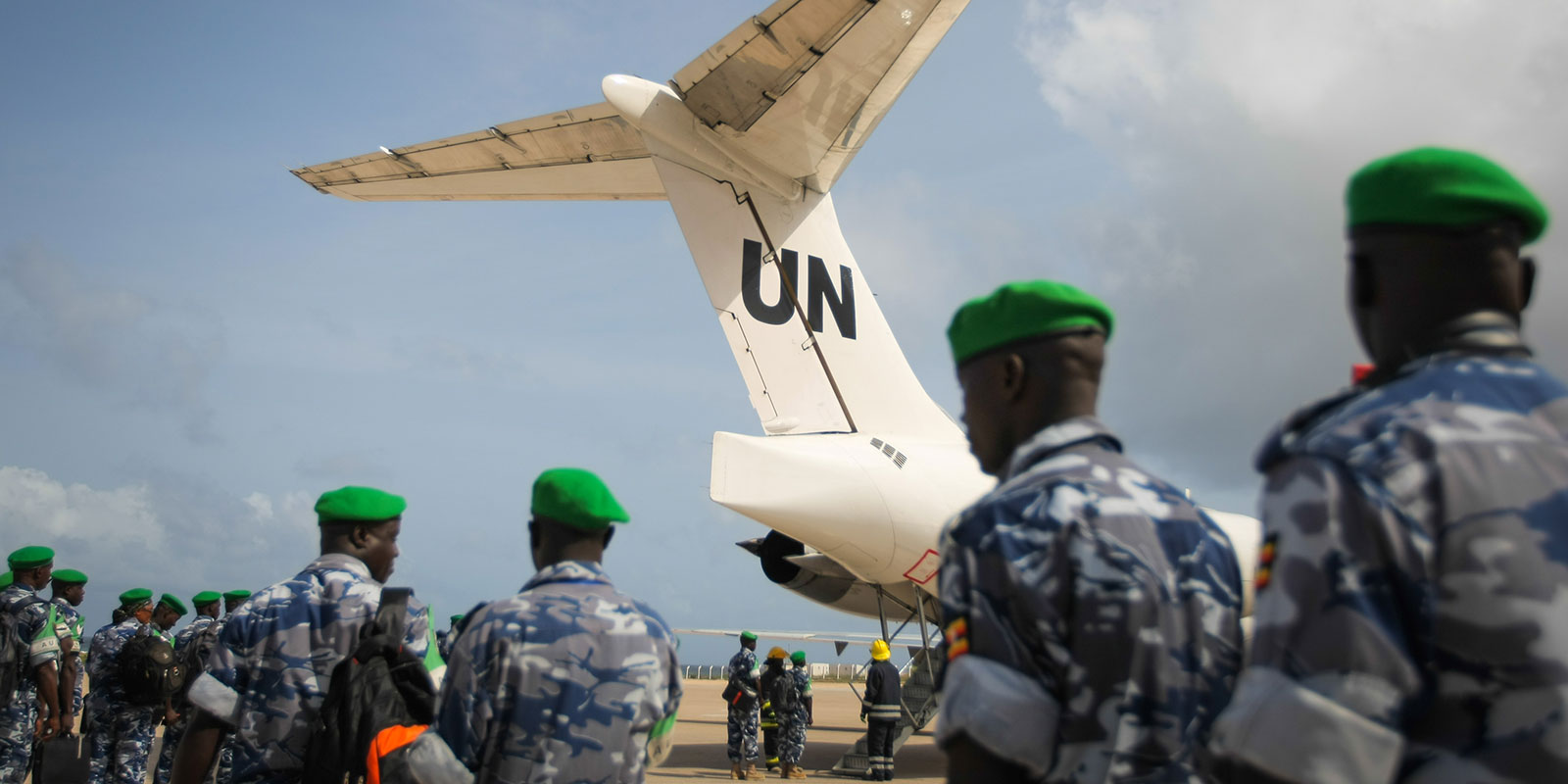In Africa, a key issue with which the continent has faced for decades has been that of persistent insecurity, instability and high levels of transnational organised crime, thus hindering the continent’s economic development. To that end, the African Union Peace and Security Architecture (APSA) was implemented in 2002. The APSA and other African institutions do not exist in isolation. There are a number of examples of networked multilateralism in Africa, where regional and global institutions work together to pursue peace and stability on the continent, including in the area of peace support operations.
In order to promote the benefits of networked multilateralism, the global institutions within this network need to be more representative @katharine_bebs @KEEN110997
Tweet
The APSA is built around structures, objectives, principles, and values, as well as decision-making processes concerning the prevention, management and resolution of crises and conflicts, post-conflict reconstruction and development on the continent. The main organ of the APSA is the Peace and Security Council (PSC), which serves its mandate with support from various other structures, specifically the AU Commission, the Panel of the Wise (PW), the Continental Early Warning System (CEWS), the African Standby Force (ASF) and the Peace Fund.
The African Union (AU) intervention in Somalia represents a relevant and important example of networked multilateralism in peace and security since the AU mission represents institutional collaboration among the United Nations, European Union and the African Union that work towards the shared goal of a stable Somalia. AMISOM was authorised by the PSC and the UN Security Council with the mandate to support national security forces and to reduce the threat of Al-Shabaab and other armed groups.
While AMISOM has undoubtedly contributed to setting Somalia on track for improved political processes and reconstruction, it faces challenges (not uncommon to other peace support operations on the continent) around resources and capacity as well as issues of co-ordination. In addition to UNSOM, the UN has also established a United Nations Support Office in Somalia (UNSOS) that provides logistical support to AMISOM, UNSOM, Somalia Security Forces (SSF) and the Somalia Police Force (SPF).
AMISOM also receives support from the EU, and bilateral partnerships include support from the United States (US) and the United Kingdom (UK) in the form of security assistance to the troop contributing countries of AMISOM.
The overall effectiveness of AMISOM is thus linked to this network of multilateral and bilateral partnerships to provide logistics, finance, equipment and training, and is therefore an important example of how networked multilateralism can be leveraged in the areas of peace and security.
Another example is the UN mission in the Democratic Republic of the Congo (DRC) known by its French acronym MONUSCO. It was established in 2010 with the mandate to protect human rights and civilians and to support the government in stabilising and strengthening government institutions in the DRC. Additionally, in 2013 the UNSC, through resolution 2098, mandated the establishment of the Force Intervention Brigade (FIB). The FIB is mandated to fight armed groups in the DRC, with their initial target in 2013 being the M23 rebel group.
The increasingly complex threat of insurgent violence across Africa is an area to which the UN and its partners should continue paying close attention @katharine_bebs @KEEN110997
Tweet
However, despite being a UN brigade, the FIB has a SADC identity, with the troops and commanders contributing to the brigade originating from Malawi, South Africa, and Tanzania. In effect the FIB is a regional force with a UN mandate, with the South African Minister of Defence and Military Veterans noting that the FIB was established in the “spirit of partnership that SADC, as one of the guarantors of Peace, Security and Cooperation (PSC) Framework for the DRC, presented to support the regional and international efforts in achieving lasting peace and security in DRC”. The FIB therefore is also an illustration of a model of networked multilateralism and co-operation in the peace and security sector.
Based on these examples we offer a few recommendations for further strengthening multilateral cooperation in Africa:
- In order to promote the benefits of networked multilateralism, the global institutions within this network need to be more representative. More equitable representation must allow for participation from historically marginalised states.
- The increasingly complex threat of insurgent violence across Africa is an area to which the UN and its partners should continue paying close attention. It is a threat that offers an important test for security cooperation and strategic partnerships for peace.
- Africa’s own peace support operations’ ability should be supplemented by programmes such as Training for Peace (TfP), which is an example of how African research institutions and non-governmental organisations (NGOs), with international support, can enhance these kinds of multilateral networks
- In order to promote peace and stability on the African continent through networked multilateralism, the UN needs to continue to forge strong relations between itself and the Regional Economic Communities (RECs) in Africa. RECs have a comparative advantage and are more likely to have a good understanding of the conflicts in their region.
Andrea Prah, Katharine Bebington, Keenan Govender are all working within ACCORD’s research unit based in Durban, South Africa. This article is an excerpt from ACCORD’s contribution to the United Nations Foundation Challenge Paper and was referenced as one of the written submissions in the UN Secretary General’s Our Common Agenda Report.




